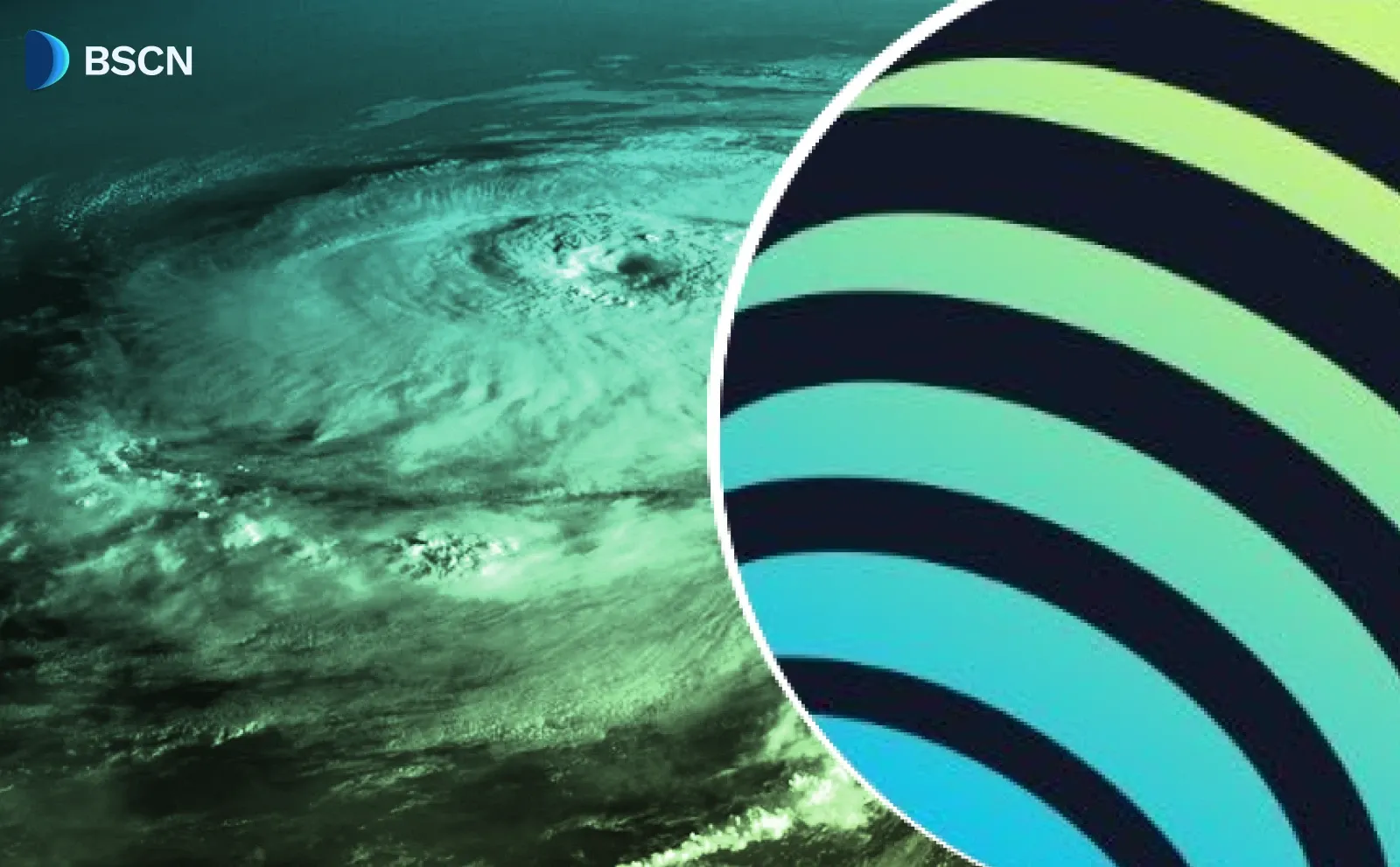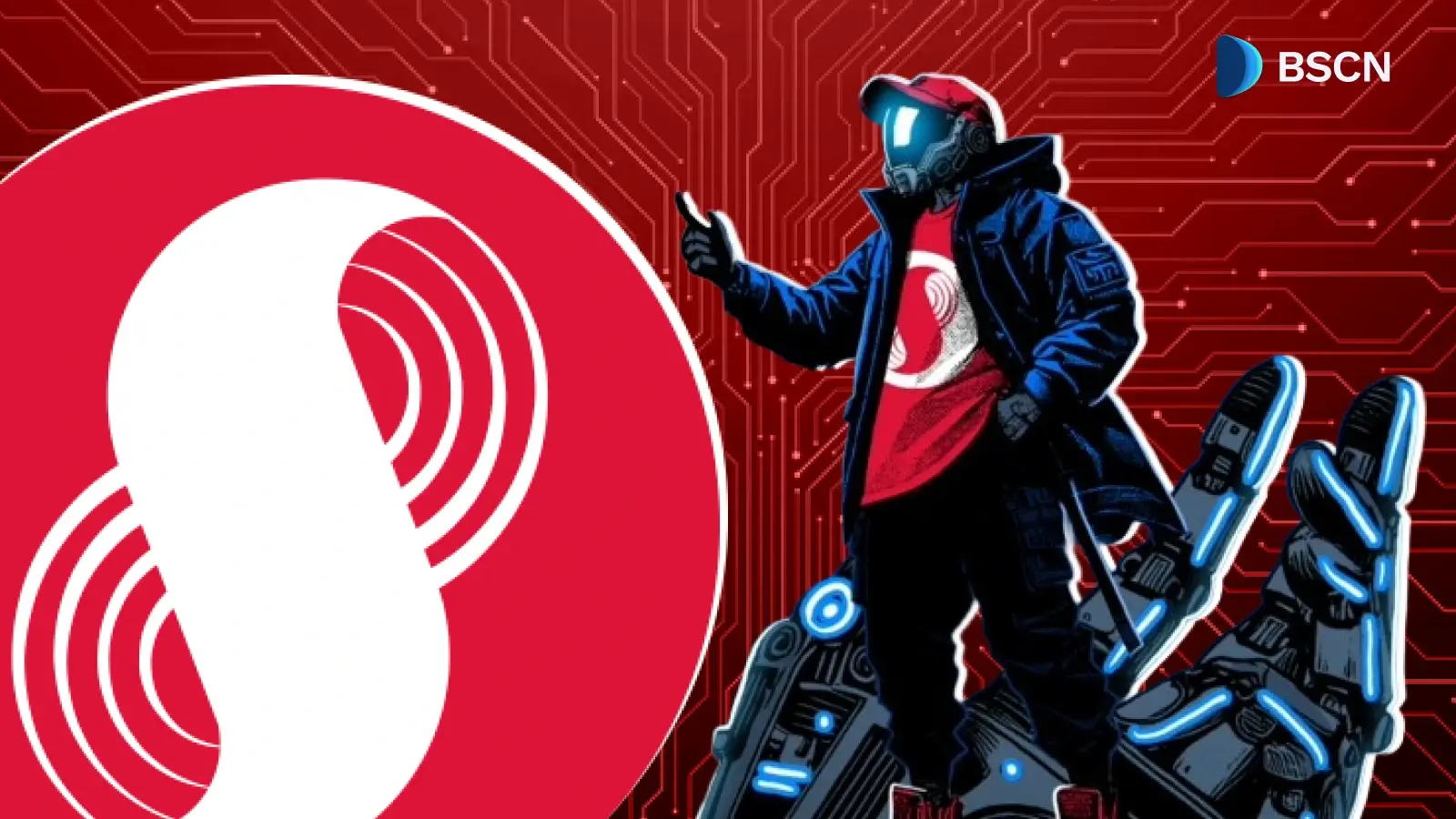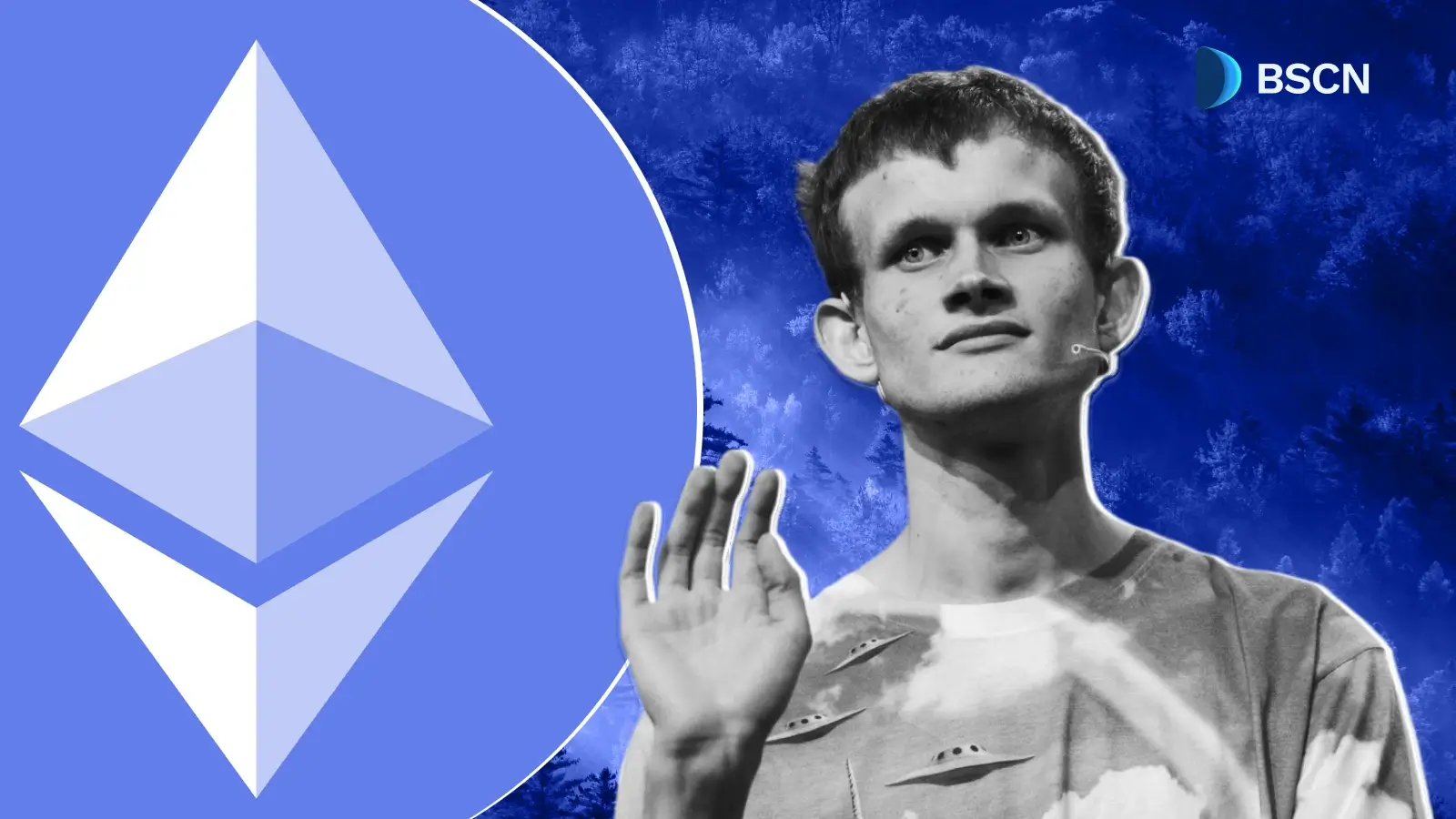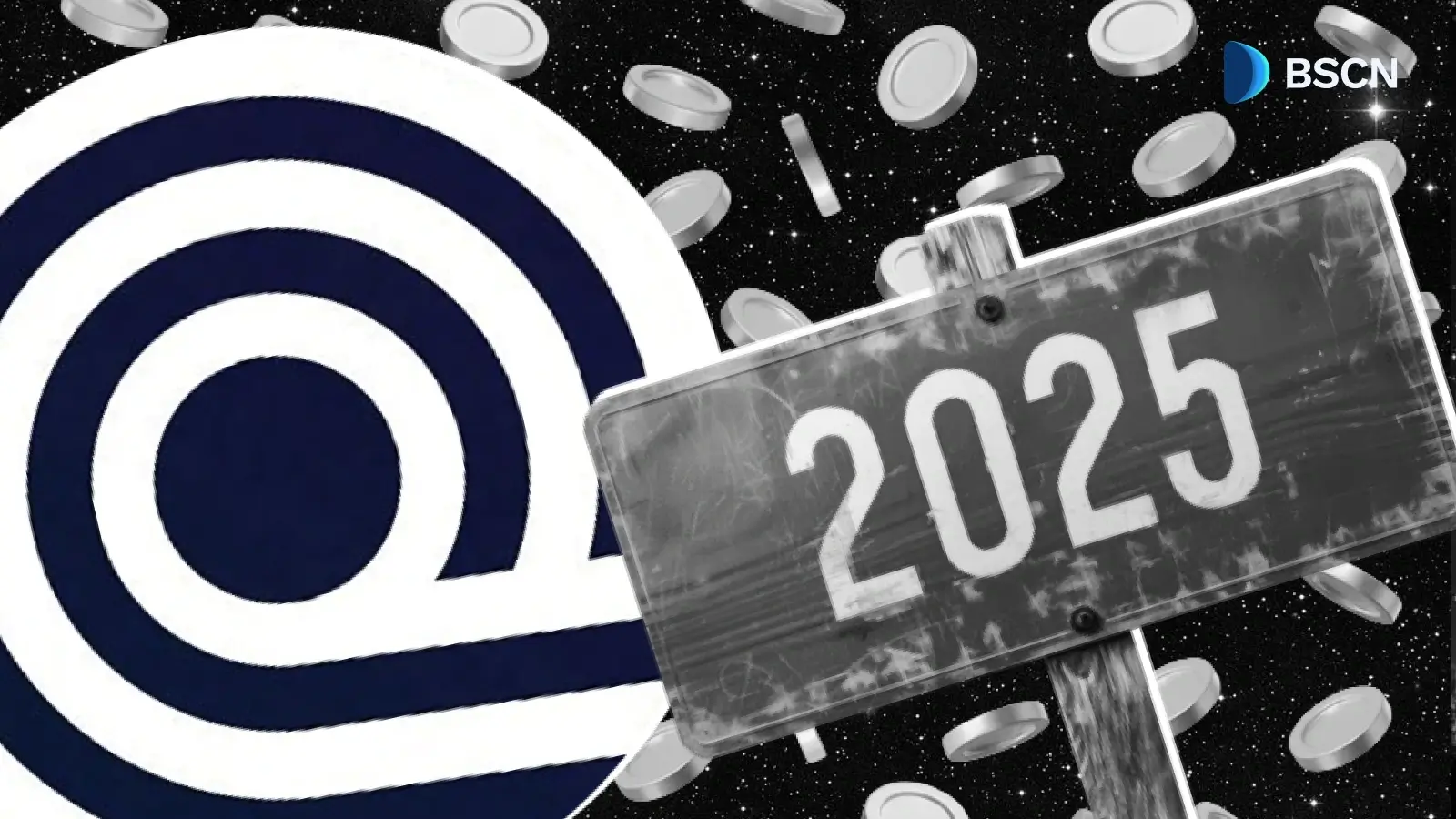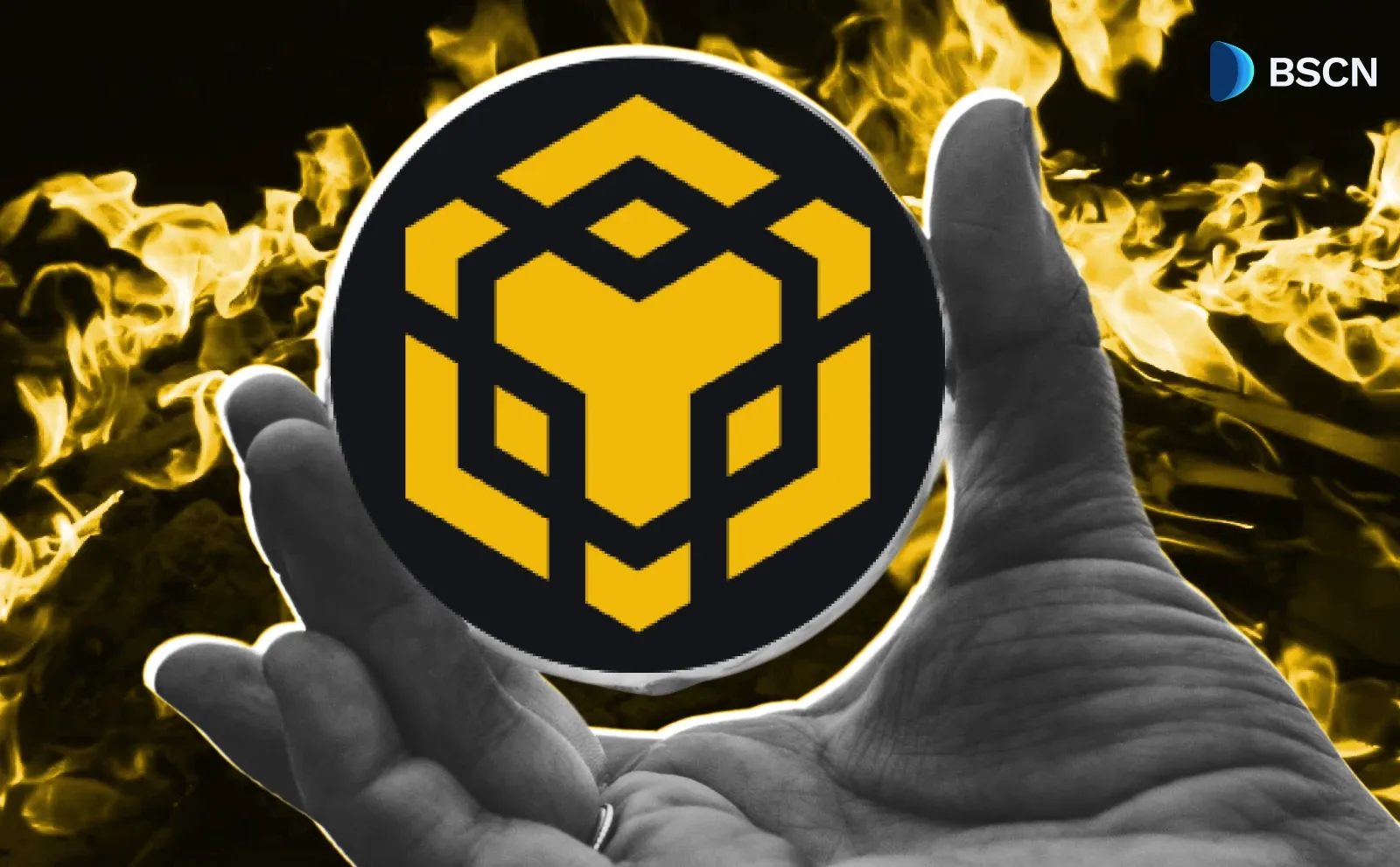Research
(Advertisement)
Mira Network Details Tokenomics Ahead of September 26 Token Launch

Ahead of its Sept 26 launch, Mira Network shares $MIRA tokenomics, covering node rewards, ecosystem growth, and decentralized AI verification.
Miracle Nwokwu
September 25, 2025
(Advertisement)
Table of Contents
Mira Network, a project focused on creating a decentralized verification system for AI outputs, released the tokenomics for its native token $MIRA on September 24, 2025. This disclosure arrives just two days before the scheduled Token Generation Event (TGE) on September 26, and follows the official reveal of the $MIRA ticker on September 22.
Earlier, on August 27, the project established the Mira Foundation as an independent body to guide its ongoing development. The tokenomics outline how $MIRA will function within the network, addressing challenges in AI reliability by enabling verification through a distributed system of nodes.
Understanding Mira Network's Approach to AI Challenges
People across various fields rely on AI daily, yet trust remains a barrier. Content creators often review generated text manually, lawyers check citations, and doctors verify diagnoses, keeping AI in a secondary role. Mira Network aims to change this by building a decentralized verification network that allows AI to function more independently. The system uses $MIRA to incentivize accurate verification, combining elements of proof-of-work for inference tasks with proof-of-stake for security. Node operators stake tokens to participate, and the network detects and penalizes poor performance through statistical methods, slashing stakes if necessary. This mechanism encourages honest behavior while rewarding reliable contributors.
The project positions itself as infrastructure for verified AI, extending beyond simple checks to support autonomous agents, enterprise systems, and decentralized applications. Developers can integrate Mira's tools, such as the Verified Generate API, which claims over 95% accuracy in an OpenAI-compatible format. This reduces errors compared to standard models and minimizes the need for constant human intervention.
Key Utilities of the $MIRA Token
$MIRA serves multiple roles within the ecosystem. It grants access to the network's APIs and Mira Flows, a marketplace offering pre-built AI packages for tasks like summarization or data extraction. Users pay in $MIRA for these services, with token holders receiving priority and better rates. The token also acts as the economic foundation for consumer applications via the Mira SDK, handling authentication, payments, memory, and compute needs.
In addition, $MIRA functions as the base pair for tokens launched by applications built on the platform. This creates demand as projects either use $MIRA directly or pair it for liquidity. Staking provides economic security, with operators committing tokens to run models and verify outputs. Governance is another utility; holders vote on parameters like emission rates, upgrades, and design changes, fostering community-driven evolution.
The token operates on the Base network as an ERC-20, with a total supply capped at 1 billion. At TGE, the initial circulating supply stands at 19.12%, balancing availability with controlled release to support growth.
Breakdown of Token Distribution
The distribution reflects a commitment to users, builders, and securers of the network. A 6% allocation goes to an initial airdrop for early participants, including users of apps like Klok and Astro, node delegators, Kaito ecosystem members, and active Discord contributors. This portion unlocks fully at TGE, except for Kaito stakers, who wait two weeks.
Future node rewards account for 16%, emitted programmatically to validators for accurate inference, ensuring long-term security. An ecosystem reserve of 26% supports grants, partnerships, and incentives, with partial unlock at launch and the rest vesting over 35 months. Core contributors receive 20%, locked for 36 months with a 12-month cliff. Early investors get 14%, vesting over 24 months with a similar cliff. The foundation holds 15% for development, governance, and research, vesting over 36 months with a 6-month cliff. Finally, 3% funds liquidity programs, market making, and exchange listings.
This structure prioritizes alignment, with no insider unlocks in the first year. Binance Alpha will feature $MIRA at launch, allowing eligible users to claim airdrops via points on its events page.
Release Schedule and Circulation Projections
The release model emphasizes gradual circulation to promote stability. At TGE, the airdrop unlocks immediately (with the noted exception), and part of the ecosystem reserve becomes available, vesting linearly thereafter. Other categories remain locked initially.
Projections show about 33% circulating by the end of year one, rising to 61% in year two, 83% in year three, and full circulation by year seven. This paced approach aims to match network growth, avoiding sudden supply increases that could disrupt markets.
Economic Model and Broader Implications
$MIRA's economics revolve around utility-driven demand. As adoption grows—through more developers seeking reliable AI—the need for verification rises, pulling in additional validators for better accuracy. Each transaction, whether an API call, Flow access, or staking action, uses $MIRA, creating a self-reinforcing cycle. Revenue from usage funds improvements, expanding capabilities.
The project has secured funding to support its vision, raising $9 million in a seed round from investors including Bitkraft Ventures. This capital, combined with node sales, positions Mira to scale. For instance, node tiers offer participation opportunities, with details on pricing and benefits available through official channels.
Looking ahead, Mira envisions $MIRA powering complex AI tasks across industries, from autonomous execution to trusted systems. The protocol has also stated that the token will be available on major exchanges post-TGE.
Overall, the tokenomics provide a framework for sustainable development, tying token value to real network activity. As the TGE approaches, stakeholders can assess how these elements align with broader trends in decentralized AI infrastructure.
Sources:
- Mira Network Tokenomics Announcement (Mira Network X account) https://x.com/Mira_Network/status/1970766827702886787
Read Next...
Frequently Asked Questions
What is Mira Network and its purpose?
Mira Network is a decentralized verification system designed to improve AI reliability. It uses its native token, $MIRA, to incentivize accurate verification of AI outputs and support autonomous systems, enterprise use cases, and decentralized applications.
How does the $MIRA token function within the ecosystem?
The $MIRA token serves multiple purposes, including access to APIs, payments for AI services, staking for security, governance participation, and acting as the base pair for tokens launched on the Mira platform.
What is the total supply and initial circulation of $MIRA?
$MIRA has a capped total supply of 1 billion tokens. At the Token Generation Event (TGE) on September 26, 2025, the initial circulating supply is set at 19.12%.
How is the $MIRA token distributed?
Token distribution includes allocations for an airdrop (6%), node rewards (16%), ecosystem reserve (26%), core contributors (20%), early investors (14%), the foundation (15%), and liquidity programs (3%). Vesting schedules ensure gradual release over several years.
Disclaimer
Disclaimer: The views expressed in this article do not necessarily represent the views of BSCN. The information provided in this article is for educational and entertainment purposes only and should not be construed as investment advice, or advice of any kind. BSCN assumes no responsibility for any investment decisions made based on the information provided in this article. If you believe that the article should be amended, please reach out to the BSCN team by emailing [email protected].
Author
 Miracle Nwokwu
Miracle NwokwuMiracle holds undergraduate degrees in French and Marketing Analytics and has been researching cryptocurrency and blockchain technology since 2016. He specializes in technical analysis and on-chain analytics, and has taught formal technical analysis courses. His written work has been featured across multiple crypto publications including The Capital, CryptoTVPlus, and Bitville, in addition to BSCN.
(Advertisement)
Latest News
(Advertisement)
Crypto Project & Token Reviews
Project & Token Reviews
Comprehensive reviews of crypto's most interesting projects and assets
Learn about the hottest projects & tokens







